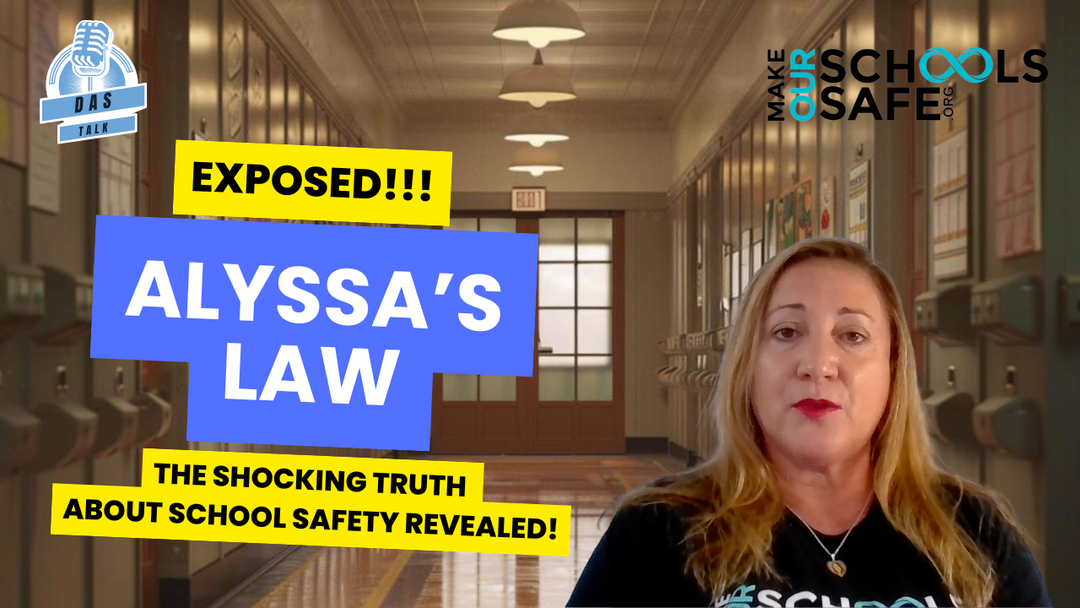Firstnet: A Network for First Responders

One of the tragic lessons from September 11 was the need for connectivity between first responders. So many phone calls that day never got through due to congested cell phone networks and it’s gut wrenching to imagine the impact that had on first responders who needed their communications to take priority.
Believe it or not, these problems persist today. On a website dedicated to this very topic, AT&T stated,
“Today, first responders rely on more than 10,000 separate, incompatible, and often proprietary radio networks to communicate with each other during emergencies. Sometimes it’s hard, or even impossible, for public safety to communicate and work together to save lives.”
“Power of FirstNet.” Firstnet, AT&T, www.firstnet.com/power-of-firstnet.
The History of FirstNet
For these exact reasons, in 2004 the 9/11 Commission Report recommended a nationwide network be created specifically for law enforcement, fire and emergency medical personnel. Despite this recommendation it wasn’t until 2012 before Congress passed legislation which would make a first responders network available to all 50 states, Washington D.C. and 5 additional U.S. territories.
This 2012 legislation created the First Responder Network Authority, an independent group that, (under supervision by Congress), would be in charge of creating and maintaining this nationwide first responders network that would become known as FirstNet. As stated on the FirstNet.gov website,
“The First Responder Network Authority is led by a Board of leaders and executives from the public safety community; federal, state, and local governments; and the technology, finance, and wireless sectors.”
“Top 10 Frequently Asked Questions.” FirstNet.gov.
To build a network of such magnitude it was decided a partnership between the federal government and the private sector would be the smoothest and most cost effective solution. As such, in 2017 AT&T received a 25 year award during which time they are responsible for building and maintaining FirstNet. The FirstNet.gov website elaborates on the benefits of this partnership:
“The First Responder Network Authority and AT&T are modernizing and improving public safety communications by leveraging private sector resources, infrastructure, and cost-saving synergies to deploy and operate the Network. This public-private model also helps keep costs down for American taxpayers. To do this, Congress used the sale of communications airwaves (or spectrum) to fund FirstNet’s initial operations and help start network deployment; the $7 billion FirstNet received in initial funding came from FCC spectrum auction revenue, not taxpayer funds.”
“Top 10 Frequently Asked Questions.” FirstNet.gov.
Since March of 2017 AT&T has been rolling out the new network, utilizing a high-quality spectrum set aside by the government specifically for FirstNet known as Band 14. By July of 2018 Band 14 had “been added to more than 2,500 sites across the country – with the process for 10,000+ more currently underway.”1 At that point 1,500 public service agencies had subscribed to the network, a number that more than doubled by October of 2018.
The Benefits of FirstNet
The benefits of having a network dedicated to First Responders are almost too numerous to list, the largest and most obvious being that first responders will no longer face the issues first responders did during 9/11. By being on their own broadband network first responders won’t be sharing a network with the general public and dealing with an overloaded network in times of crisis.
Improved communications amongst first responders only yields positive results, specifically improved response times which in turn should result in more favorable outcomes. In addition to improved connectivity the FirstNet website lists benefits that include making more tools available to first responders during emergencies, including:
- Applications that allow first responders to reliably share video, text messages, photos and other information during incidents in near real-time
- Advanced capabilities, like camera-equipped connected drones and robots, to deliver images of wildfires, floods or other events
- Improved location services to help with mapping capabilities during rescue and recovery operations; and
- Wearables that could relay biometric data of a patient to the hospital or alert when a fire fighter is in distress
Another key advantage to FirstNet is that it is also being designed to provide better support to rural America. The FirstNet.gov website states that “once Band 14 is fully deployed over the next several years, it will cover 95% or more of the U.S. population.”2 This is incredible news for rural america which, in many parts, still struggles to get high speed internet connectivity.
“…once Band 14 is fully deployed over the next several years, it will cover 95% or more of the U.S. population.”
“FIRSTNET MOMENTUM: NATIONWIDE BUILDOUT PROGRESSES; NEARLY 1,500.” FIRSTNET ENABLED LOCATION SERVICES: ENHANCING SITUATIONAL AWARENESS AND IMPROVING PUBLIC SAFETY OUTCOMES, FIRSTNET.GOV, 20 JULY 2018, FIRSTNET.GOV/NEWS/FIRSTNET-MOMENTUM-NATIONWIDE-BUILDOUT-PROGRESSES.
Band 14 is a great choice for FirstNet in that is part of the 700 Mhz spectrum where wavelengths are able to travel greater distances. Band 14 also has better ability to penetrate through obstacles like the walls of a building. Having this highly desirable part of the spectrum reserved for first responders on a nationwide network is great news in times of emergency.
Another big benefit of FirstNet is that of interoperability. One of, if not the primary reason it was decided that one company, (in this case AT&T), would receive the 25 year reward was to make it easier for the FirstNet towers to communicate with one another. While cell phones can certainly communicate with one another despite having different service providers it becomes far easier for them to interoperate when they are using standardized technology.
Perhaps a better way to describe interoperability is to compare it to the differences between a Mac and a PC. Both types of computers may have a number of the same parts but they operate quite differently. When you transfer files from one to another they should work but as anyone who has done it will tell you, things often get lost in translation.
By having AT&T create a standardized network that is all on Band 14 the hope is to create an interoperable network that should experience minimal technical conflicts.
Conclusion
It can’t be said enough but FirstNet is a very good thing. In times of emergency it is comforting to know that our first responders will be able to communicate when we need them most.
Gamma Electronics is honored to have our Cold Shrink as the chosen cable protection on every FirstNet tower. It’s difficult to imagine projects we could be more proud to be involved with and we thank AT&T for the opportunity.
References
1 “FirstNet Momentum: Nationwide Buildout Progresses; Nearly 1,500.” How FEMA Delivers Anytime, Anywhere Information During Disasters, 20 July 2018, www.firstnet.gov/news/firstnet-momentum-nationwide-buildout-progresses.




